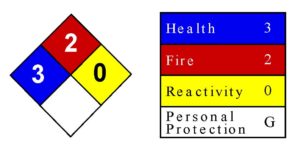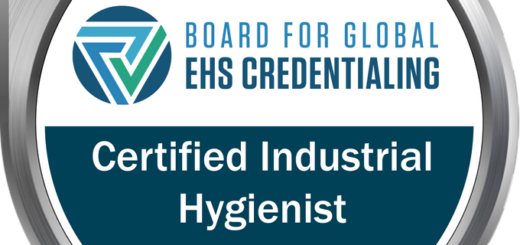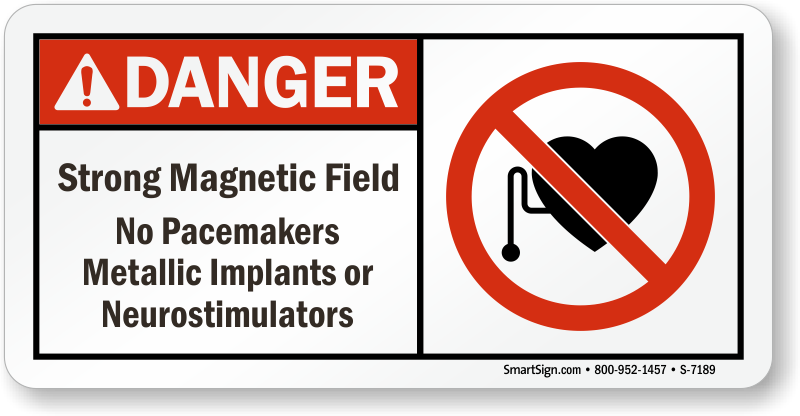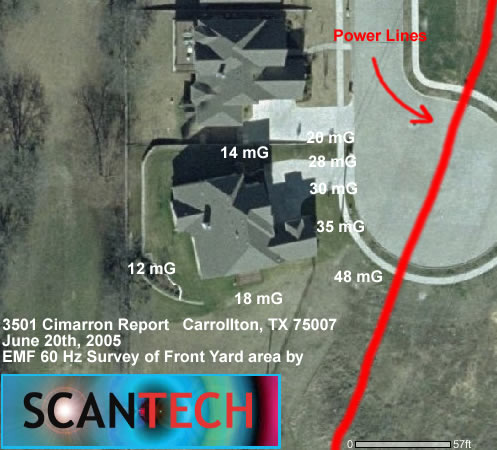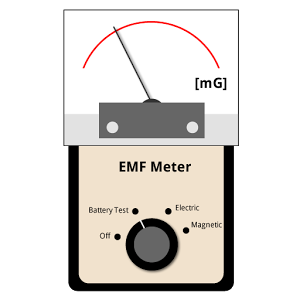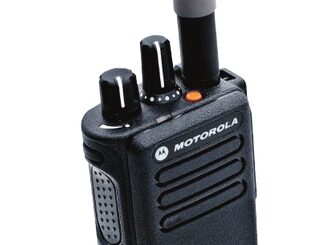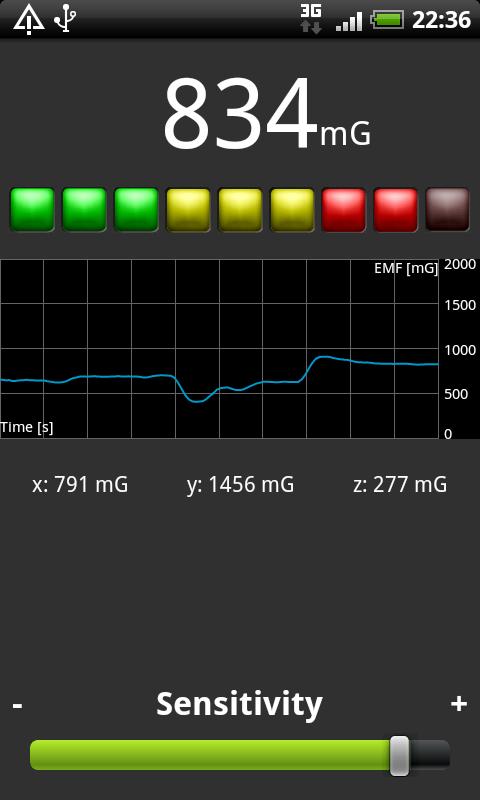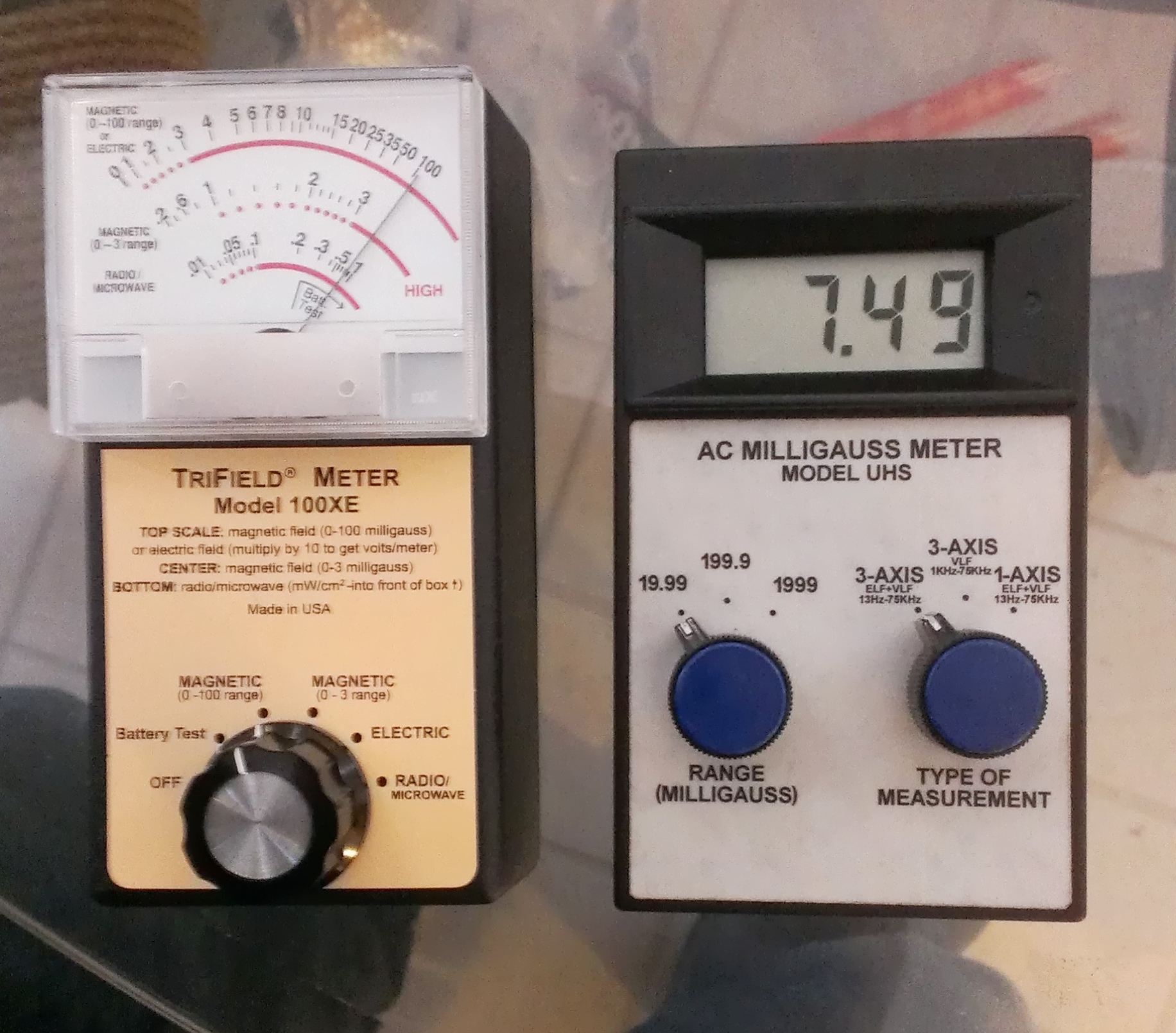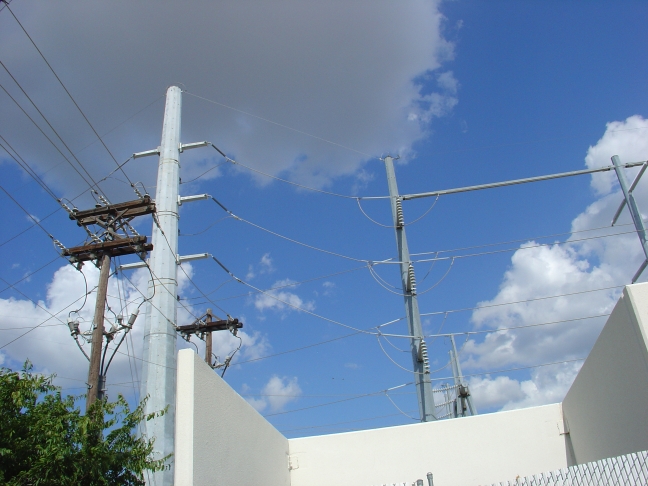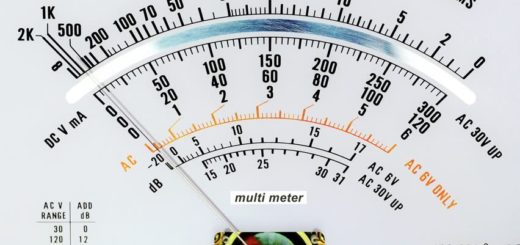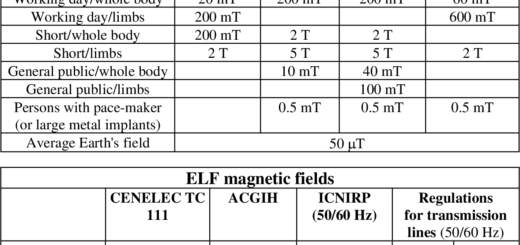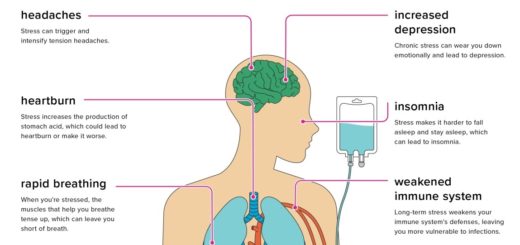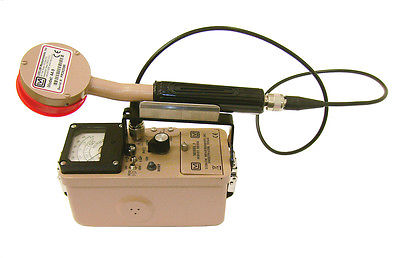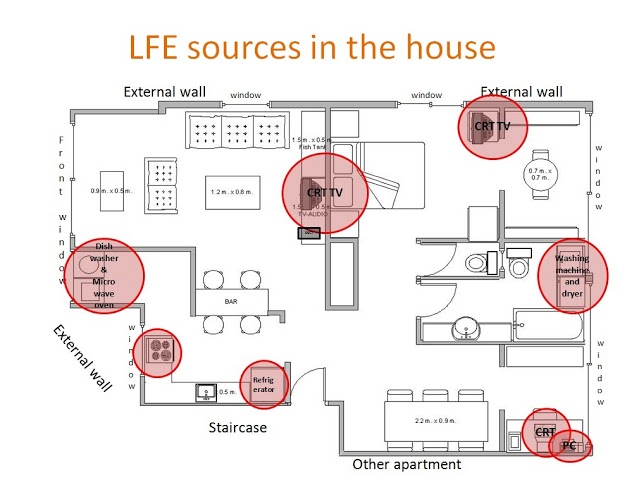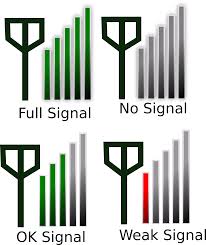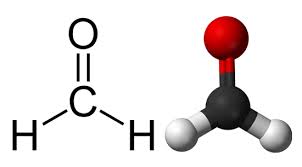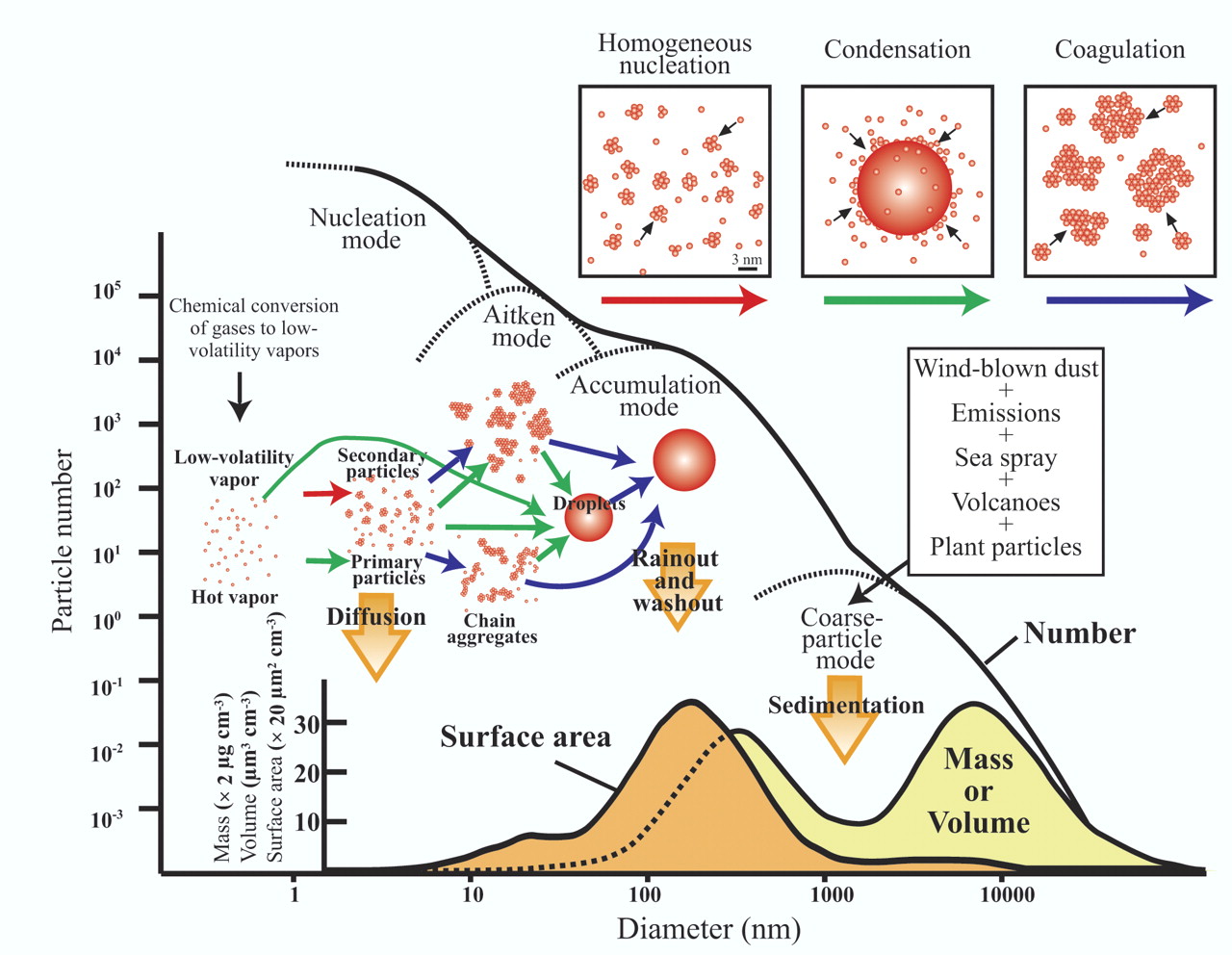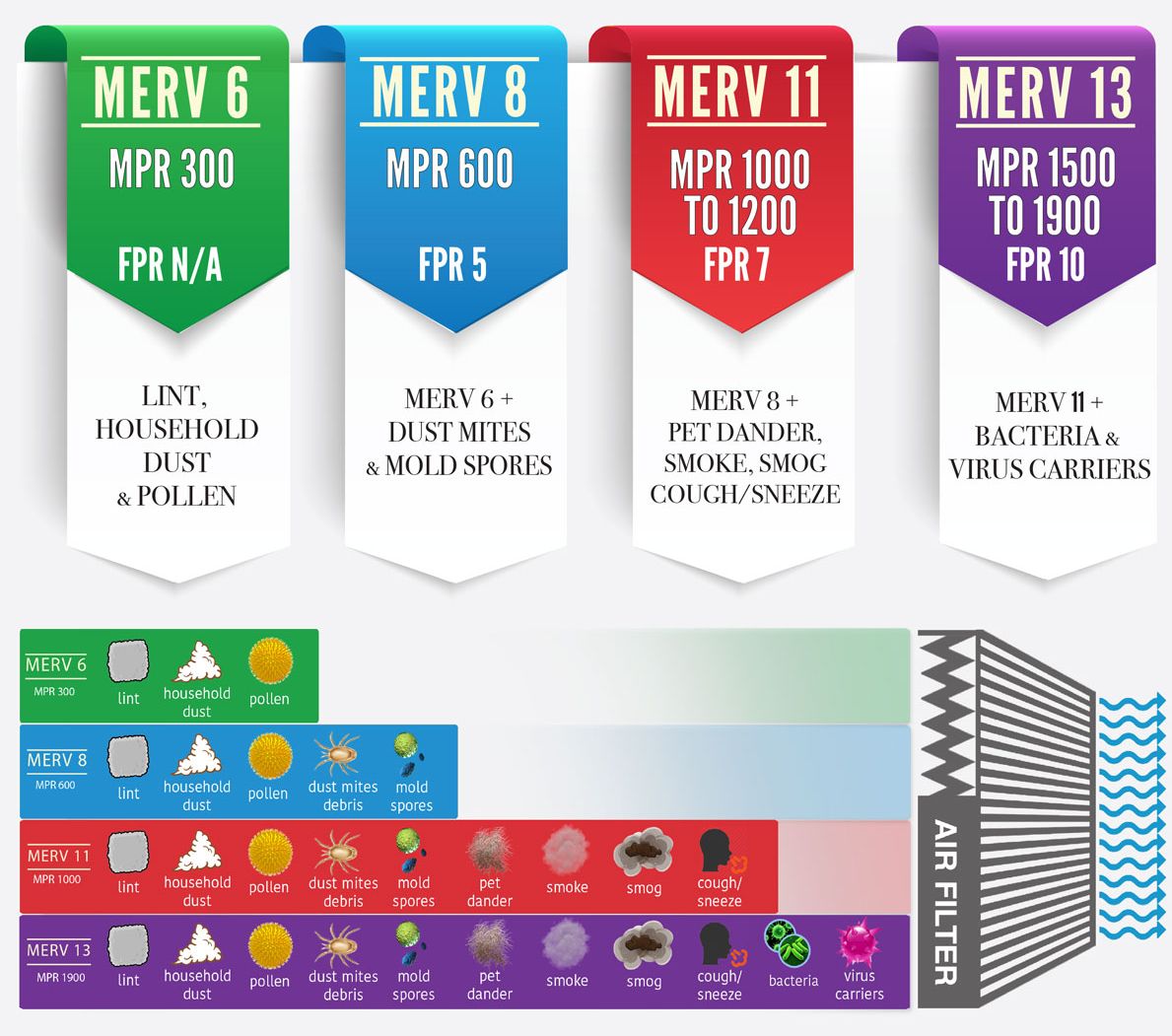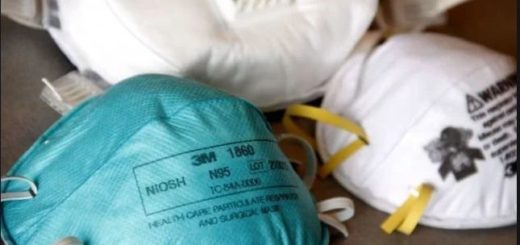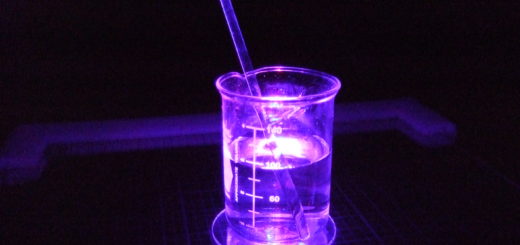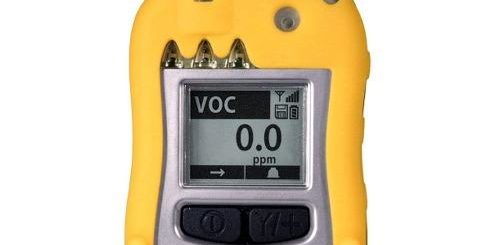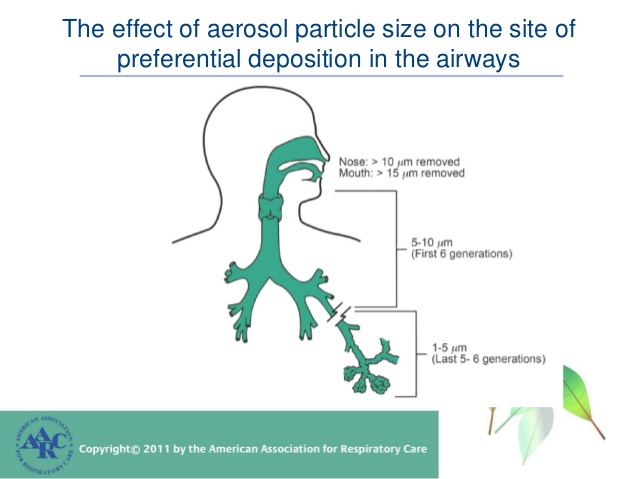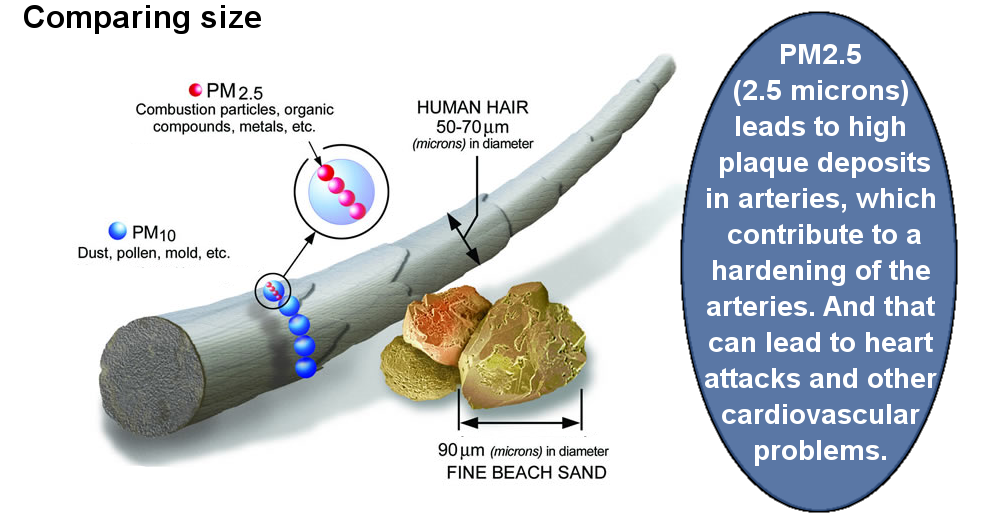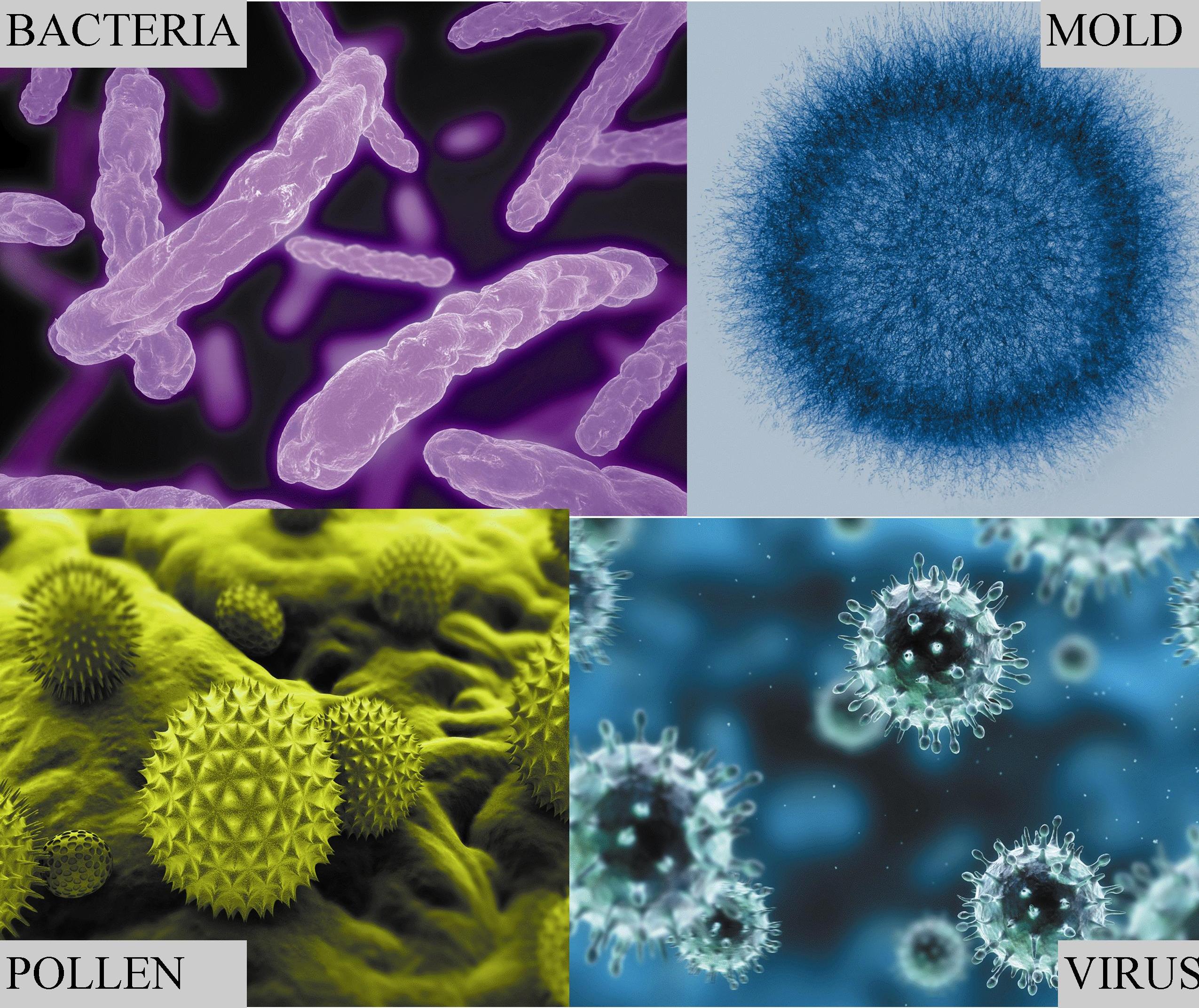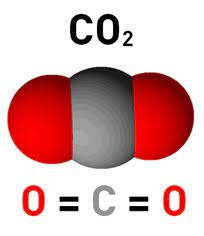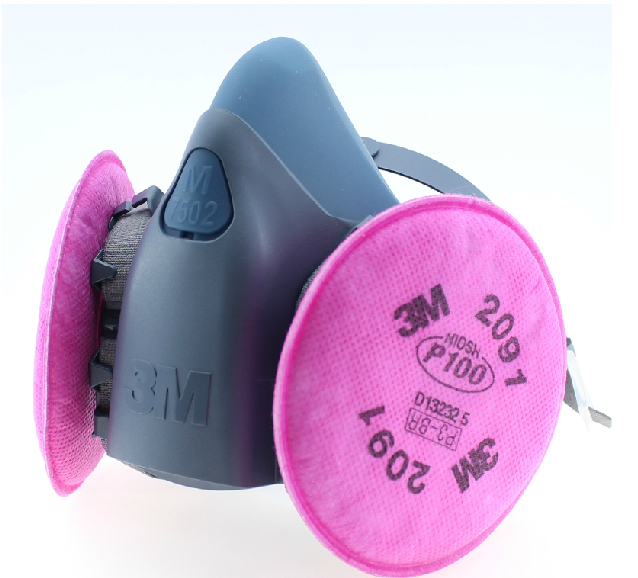Indoor Air Quality Testing Services: Dallas Austin Houston
Dallas IAQ Green Building Clearance Testing for 804.2 Ordinance
ScanTech Technical Consulting performs indoor air quality tests including particulate matter in the air (residential and commercial) in the 0.3 – 2.5 micron and 2.5 micron + range (PM 2.5 and PM10) in order to evaluate how clean your air is with respect to dust and other fine particles. We also offer formaldehyde and VOC levels testing due to chemicals used in the manufacture of pressed wood flooring, lumber, laminates, glues and other adhesives in your home and factory/office.
More information on formaldehyde can be found here:
https://emfsurvey.com/formaldehyde-indoor-air-quality-testing-dallas-austin-houston/
We can also test for VOCs, (Volatile Organic Compounds) CO2 (Carbon Dioxide) levels and O2 oxygen levels in your home to check ventilation quality. Datalogging over time available to show trends and measure the effects of HEPA filtration and electrostatic air ionization units.
Our background in organic and environmental chemistry, epidemiology, advanced microbiology, medical geology and human physiology makes us uniquely qualified to answer your concerns regarding the invisible environment you breathe every day.
July 2016 ruling by the EPA on the emissions of formaldehyde of wood products produced or imported into the United States:
The following tables and information are from:
Health Effects Notebook for Hazardous Air Pollutants
To convert concentrations in air (at 25°C) from ppm to mg/m3: mg/m3 = (ppm) × (molecular weight of the compound)/(24.45) For formaldehyde which is CH20: 1 ppm = 1.23 mg/m3.
Formaldehyde Regulatory & Health Levels Comparison
AIHA ERPG–American Industrial Hygiene Association’s emergency response planning guidelines. ERPG 1 is the maximum airborne concentration below which it is believed nearly all individuals could be exposed up to one hour without experiencing other than mild transient adverse health effects or perceiving a clearly defined objectionable odor; ERPG 2 is the maximum airborne concentration below which it is believed nearly all individuals could be exposed up to one hour without experiencing or developing irreversible or other serious health effects that could impair their abilities to take protective action.
ACGIH STEL–American Conference of Governmental and Industrial Hygienists’ short-term exposure limit expressed as a time-weighted average exposure; the concentration of a substance which should not be exceeded at any time during a workday.
LC50 (Lethal Concentration50)–A calculated concentration of a chemical in air to which exposure for a specific length of time is expected to cause death in 50% of a defined experimental animal population.
NIOSH IDLH–National Institute of Occupational Safety and Health’s immediately dangerous to life or health limit; NIOSH recommended exposure limit to ensure that a worker can escape from an exposure condition that is likely to cause death or immediate or delayed permanent adverse health effects or prevent escape from the environment.
NIOSH REL–NIOSH’s recommended exposure limit; NIOSH recommended exposure limit for an 8- or 10-h time-weighted average exposure and/or ceiling.
OSHA PEL–Occupational Safety and Health Administration’s permissible exposure limit expressed as a time-weighted average; the concentration of a substance to which most workers can be exposed without adverse effect averaged over a normal 8-h workday or a 40-h workweek.
Indoor Air Quality Testing FAQ: Dallas Austin Houston
There are a number of steps that can assist in improving the residential indoor air quality in your home:
- Get rid of all of the carpet, including throw rugs – especially if you have small children and pets.
- Replace your HVAC central air filter regularly with a higher rated MERV filter, but do not go higher than what your unit is rated to run at. There is an engineering compromise between better filtration and higher air flow. If the flow is choked too much by a high rated filter, the life of your blower motor may be shortened.
- Keep humidity below 50 % to prevent the growth of mold. Dehumidifiers may be needed in problem areas.
- Be alert to moisture and leaks from A/C condensation, (particularly around outlet vents) plumbing or water intrusion from poorly sealed roofs, windows, doors, etc. Fix it and dry the building materials involved as soon as possible to prevent potentially toxic mold from growing. Watch bathroom areas in particular as they have unusually high levels of moisture generated from bathing and showering and will start mold growth in areas like the tile grout and shower curtains. If you use a bath mat, wash it regularly.
- In a new home, newly renovated property, (fresh paint, wood laminates, paneling, etc.) or with new furniture / drapes try to outgas the VOCs by employing cross-ventilation from open windows or doors. But balance with with the need for security for unwanted intruders including thieves and disease carrying insects such as mosquitoes.
- On that note, check the manufacturer labels on low-VOC paints, sheetrock, treated wood for structural construction, pesticides, cleaners and ratings of formaldehyde on pressed wood products including furniture.
Formaldehyde Ratings of Different Building Materials
- In an energy efficient home, be careful about going too far as far as being “airtight” as fresh air ventilation can be compromised which can lead to a buildup of VOCs and carbon dioxide and a phenomena known as Sick Building Syndrome.
- With a home that is built too tight, you may look into an ERV (Energy Recovery Ventilator) or other means to bring in fresh but filtered outside air. Also, keeping a slightly positive pressure inside the home will reduce radon, VOCs and particulate counts.
- Use portable True HEPA purifiers to reduce particulate counts (especially the PM2.5 Fine particle counts) in areas of prolonged occupancy such as the bedrooms and living room / office area.
- And for cleaning, try to wet mop and / or use a True HEPA vacuum cleaner. It is best to wear a mask (rated at least N95) when emptying it OUTSIDE (on the driveway area as opposed to in the garage to prevent re-infiltration of dust) if not while vacuuming as well.
- When doing outside work, it is not a bad idea to wear an N95 or P100 particulate mask when performing unusually dirty chores such as cutting the grass, trimming weeds or blowing off the porch, sidewalks and drives.
https://emfsurvey.com/formaldehyde-indoor-air-quality-testing-services-dallas-fort-worth/
